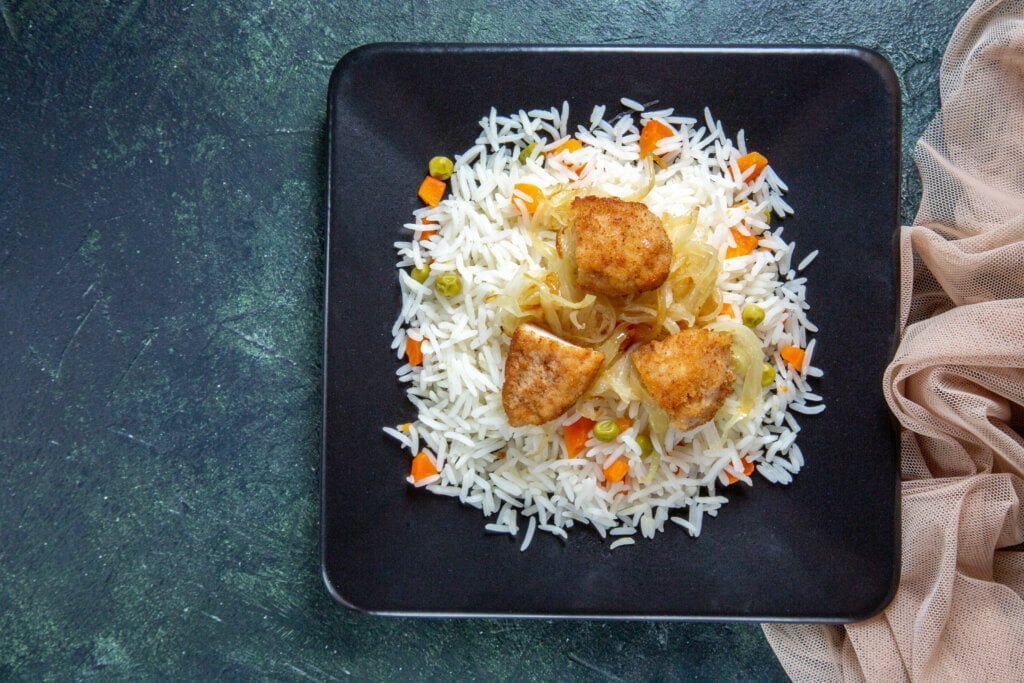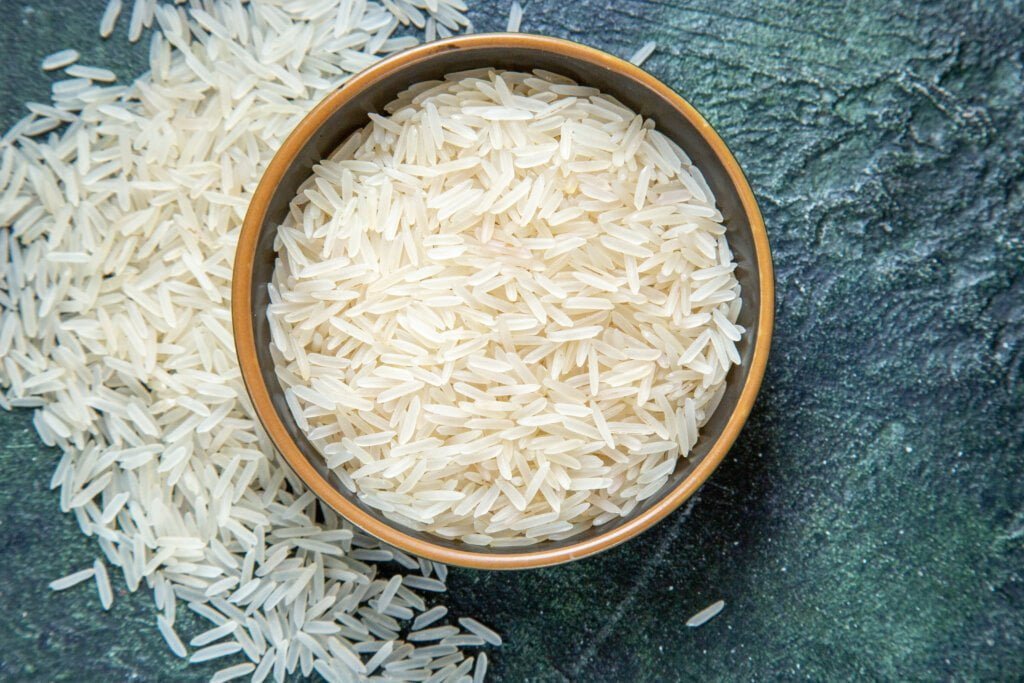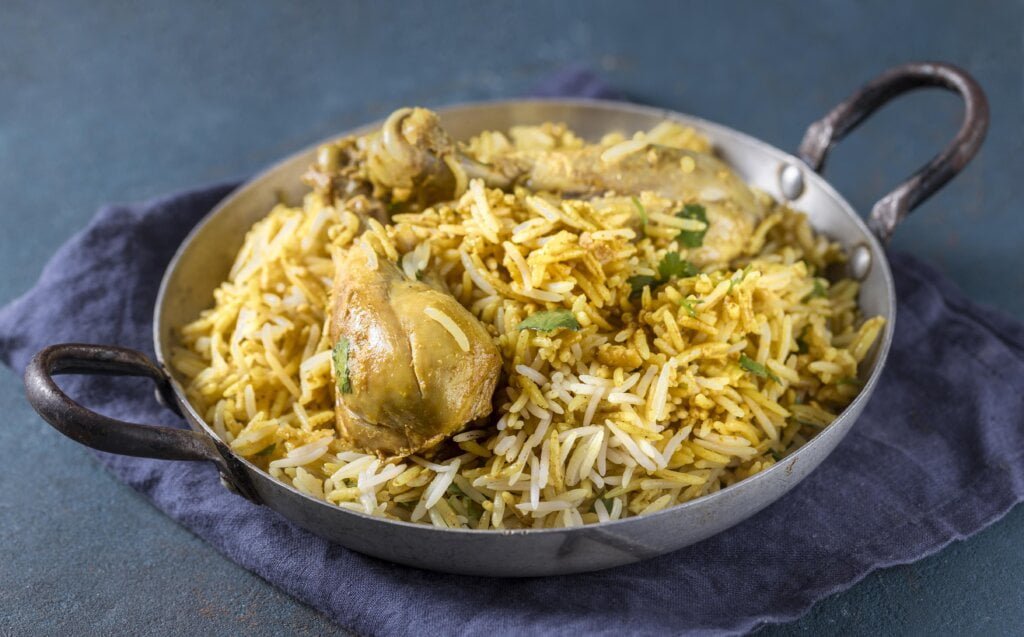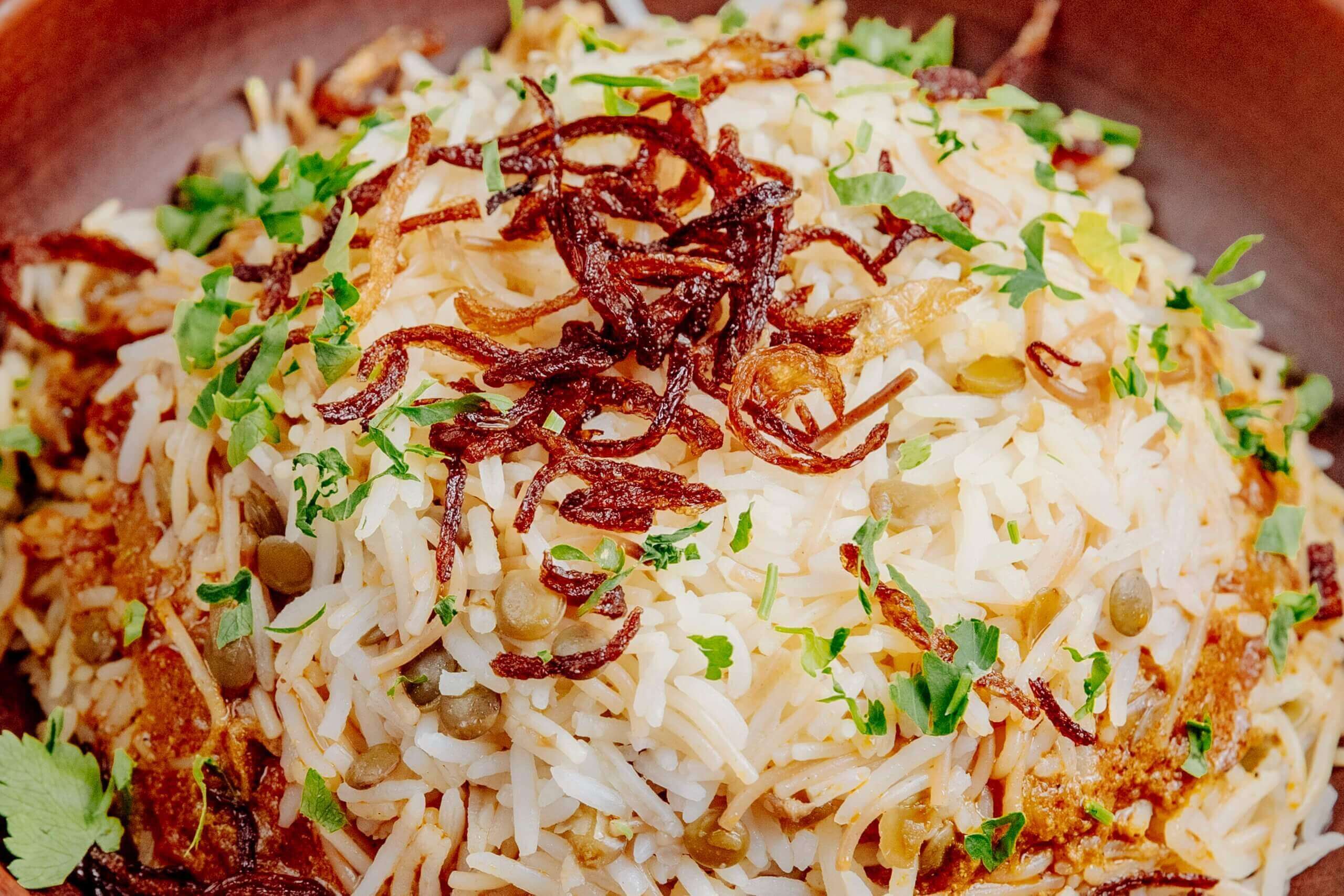
Table of Contents
Introduction:
Best Rice in India Among the diversity of Indian cuisine, rice is a major food item that connects the culinary traditions of the country. With so many varieties of rice available, choosing the best variety can be a subtle art. In this exploration, we delve into the world of Indian rice, navigating through its rich diversity to help you master the art of choosing the best rice for your culinary endeavors.
Understanding the best rice in Indian Landscape:
Best rice in India, known as the land of rice and spices, boasts of different varieties of rice, each with its own unique taste, texture and culinary applications. From fragrant basmati to robust kolam, the options are as diverse as the country. To begin the journey of mastering the art of choosing the best rice in India, one must first understand the cultural and regional nuances that shape preferences for different varieties of rice.
Basmati talent:
At the pinnacle of best rice in india hierarchy is Basmati, distinguished for its distinctive aroma and long, thin grains. Hailing primarily from the northern regions of India, Basmati rice is a favorite for biryani, pulao and other festive dishes. When choosing basmati, look for grains that are long, thin and have a distinctive aroma reminiscent of the rich Indian soil.
Sonmasuri Refinement:
Moving south, Sonmasuri rice is in the spotlight. Grown in the fertile delta of the Krishna and Godavari rivers, this medium-grain rice is known for its versatility. It is a popular choice for daily meals, offering a balanced texture and the ability to absorb flavors well. When choosing sonamasuri, look for grains that are pearly and have a slightly sticky texture when cooked.
Scented Magic of Jiraksal:
In the coastal areas of Kerala, Jeerakasala rice reigns supreme. Known for its unique aroma, this short-grained rice is a staple of Malabar cuisine. Ideal for dishes like ghee rice and biryani, Jeerakasala rice adds an aromatic dimension to your culinary creations. Look for grains that are small, round and release a distinct cumin aroma when cooked.
Strong Flexibility of Kolam:
Entering the eastern part of India, we encounter Kolam rice, a medium grain variety grown in West Bengal and Odisha. Known for its firm texture and ability to hold its shape well, kolam rice is perfect for dishes that require keeping the grains separate, like fried rice or pulao. Choose grains that are firm, translucent and provide a satisfying chewy flavor when cooked.

Tips for choosing the best rice:
Quality Check:
Always prioritize quality over quantity when buying rice. Check the grains for any discoloration, impurities, or signs of damage. High quality rice contributes significantly to the final taste and texture of your dishes.
Consider the aroma of grains:
Fragrant rice varieties such as Basmati and Jeerakasala are prized for their distinctive aroma. Smell the rice before purchasing to ensure that it has the distinctive aroma of its variety.
Understand cooking preferences:
Different varieties of rice have different cooking properties. Consider your cooking preferences – whether you prefer fluffy grains for biryani or slightly sticky rice for dishes like sushi. This knowledge will guide you in choosing the right rice for your culinary creations.
Find local and artisan options:
While well-known varieties like Basmati are widely available, consider exploring local and traditional rice alternatives. Many regions of India have unique heritage varieties that add an authentic touch to traditional dishes.
conclusion:
Mastering the art of choosing the best rice in India is an enriching journey that takes you across the diverse landscapes of this culinary giant. From fragrant basmati to robust kolam, each variety of rice contributes to the kaleidoscope of flavors that defines Indian cuisine. With an understanding of regional preferences and quality indicators, you can confidently embark on a culinary adventure, upgrading your dishes with the right selection of rice. So, next time you stand in front of the rice aisle, let the knowledge gained from this exploration guide you towards the best rice for your kitchen and create a symphony of flavors that celebrates the richness of Indian culinary heritage.

Frequently Asked Questions (FAQ)
What makes Basmati rice special and why is it considered the best?
Basmati rice is famous for its distinctive aroma, long and sattvik grains and ability to eat while cooking. Its nitrogenous aroma, frequently described as Manchester or floral, distinguishes it. Basmati is considered best for various Indian styles like biryani and pulao.
Theoretical Timing How do I identify high quality rice?
When rice grains, look for grains that are uniform in size, free from discoloration or particles. Quality full rice safa hotels and rentals should be intact without any damage or traces of spice.
What is the importance of rice selection in regional rice selection?
Different types of rice are cultivated in different regions of India, each with its own characteristics. Regional preferences play an important role in shaping market preferences for specific spices. These intrigues enhance your ability to choose the most suitable rice for various culinary specialties.
Can you recommend a rice dessert for daily eating that is simple and easy to cook?
Sonmasuri rice is an excellent choice for daily meals. It is a medium grain rice known for its versatility, quality and ability to hold flavor well. It is commonly used in a variety of styles and is easy to cook.
How important is the aroma of rice in baking?
Aroma plays an important role in the overall dining experience. The aroma of valuable rice like Basmati and Jeerakasala is enhanced. Rice curry combines the flavor of the ingredients with its distinctive aroma.
What are the characteristics of kolam rice, and when is it best used in cooking?
Kolam rice is a medium grained strength with its strong structure and ability to retain its shape well. It is ideal for dishes where the grains have different movements, such as refined rice or pilaf. The firm, translucent worms deliver a supermarket chewy flavor when cooked.
Are there any suggestions for storing rice to maintain its freshness?
To keep the rice in an airtight container, dry it in place. Protected from exposure to sunlight and strong odors. Storage ensures the longevity and freshness of the rice.
Why should I explore local and traditional rice alternatives?
Local and traditional rice alternatives often include heirloom varieties with unique flavors and strengths. By exploring these alternatives you can experience the rich variety of rice cultivated in specific farms, a perfect touch dinosaur in traditional style.
How does the choice of rice affect the final flavor and strength of a dish?
The choice of rice significantly affects the flavor and robustness of any dish. For example, basmati rice gives off a distinct aroma, while kolam rice has a stronger flavor component. These architects help in making traditional and delicious dishes.
Can you give advice on cooking specific rice, such as puffed or sticky rice?
Different flavors of rice have different cooking properties. For puffed grains, consider basmati. For quick sticky rice, options like sonmasuri work well. Understanding your cooking equipment guides you into the right rice pictures for specific culinary creations.

